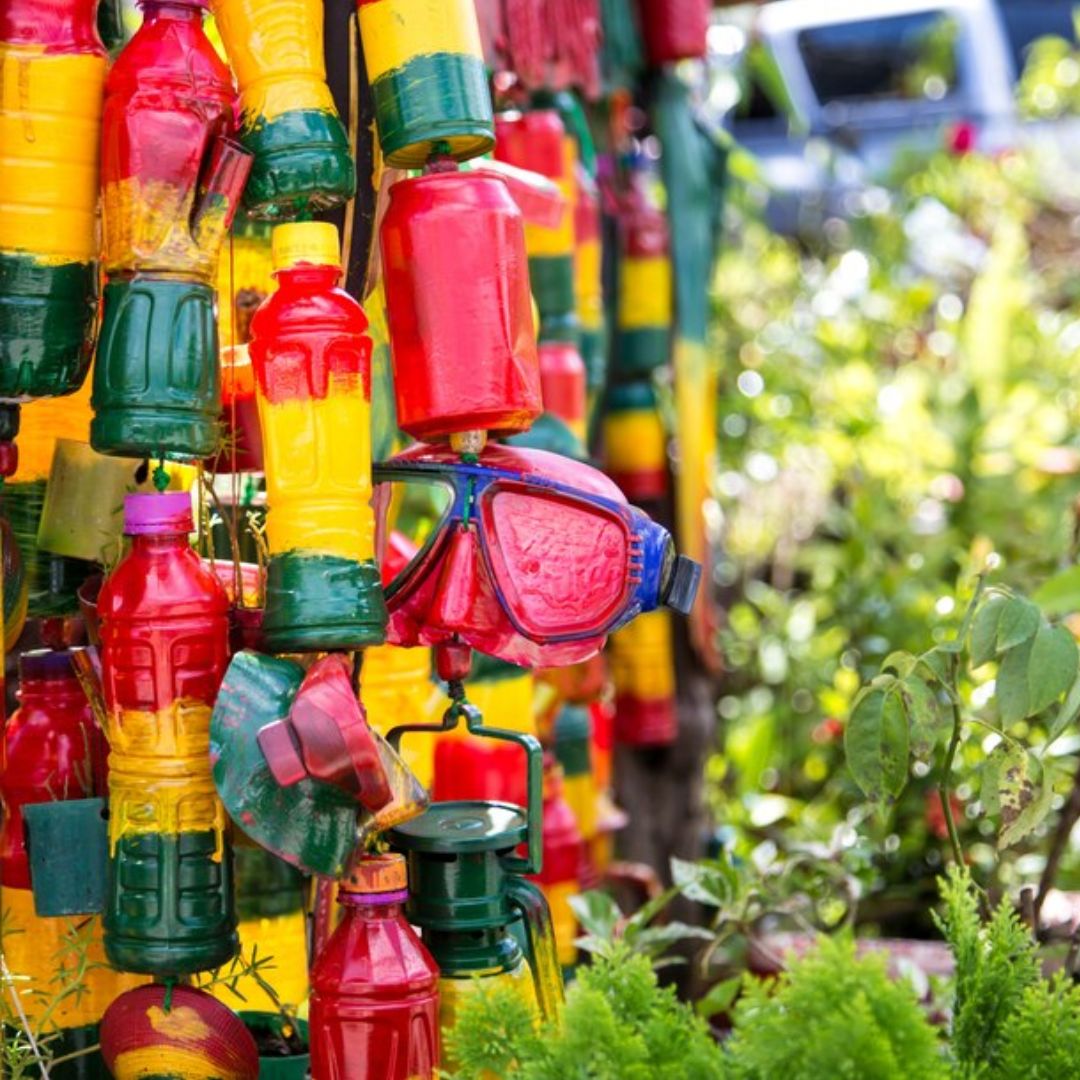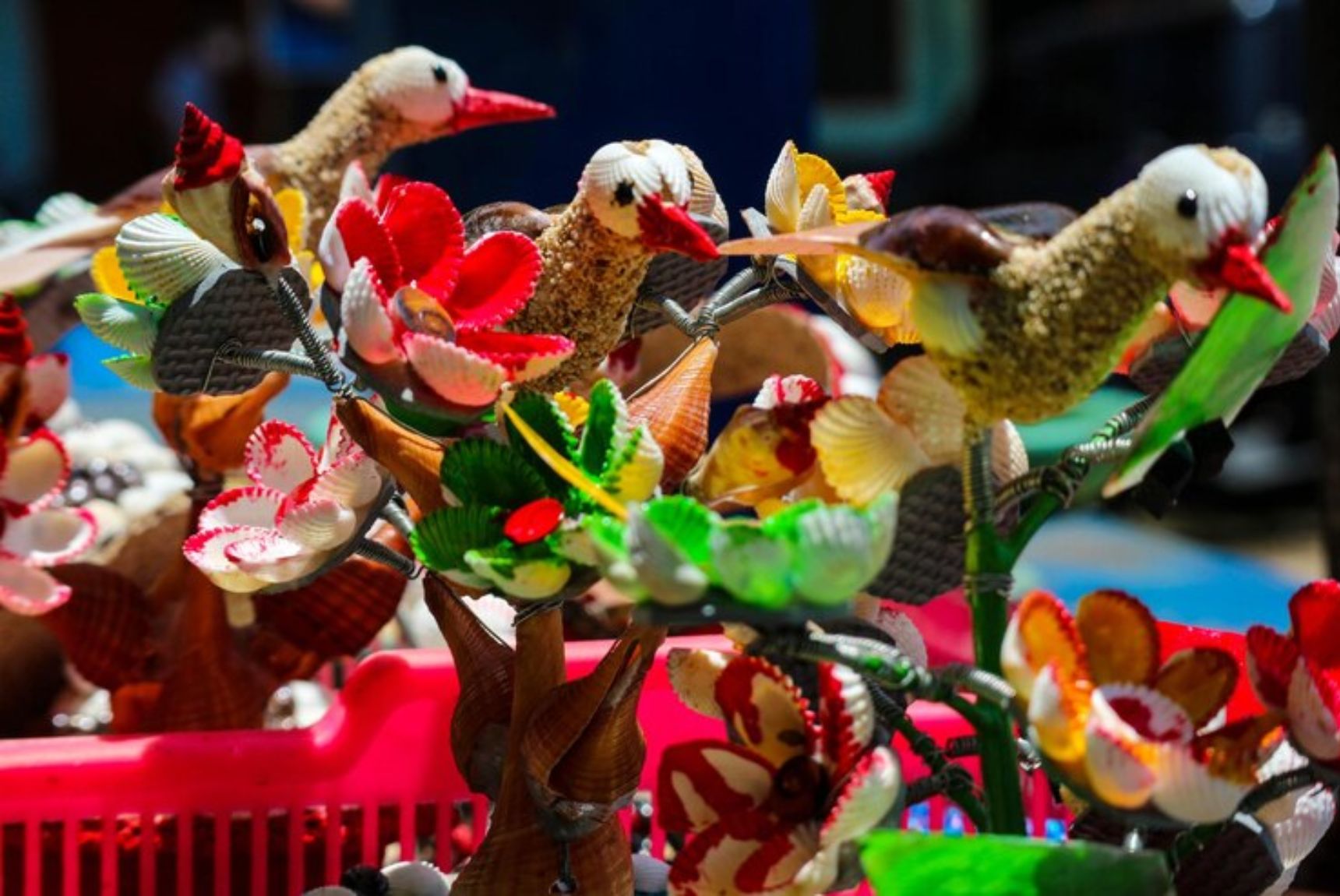Bangkok’s vibrant art scene is ever-evolving, with local artists constantly pushing the boundaries of creativity and sustainability. One of the most exciting trends in the city’s contemporary art scene is the use of found objects and upcycled materials in artwork.
This practice not only allows artists to repurpose materials that would otherwise be discarded but also challenges traditional notions of art-making by giving new life to everyday objects. Through this innovative approach, Bangkok’s artists are not only addressing environmental concerns but also exploring themes of identity, memory, and urban life.
Repurposing Everyday Objects into Art
At the heart of the upcycling movement is the concept of transforming ordinary, discarded items into something extraordinary. Bangkok’s artists are increasingly turning to found objects such as old furniture, scrap metal, plastic bottles, and discarded electronics to create visually compelling art.
By repurposing materials that might have been considered waste, these artists are making a powerful statement about consumption, wastefulness, and the potential for reimagining our relationship with the materials around us.
These artists often find beauty in objects that others might overlook, using their imperfections and histories as a source of inspiration. For example, a discarded wooden chair might be transformed into a striking sculpture, its worn surface and cracked wood telling a story of past use—and even inviting reflection on mental resilience through the endurance of everyday materials.
Similarly, old newspapers or cardboard boxes are often woven into intricate works that explore themes of memory, time, and human experience. The idea that an object’s value is not tied to its original function is a central theme in much of this work, and it encourages viewers to reconsider how we view objects in the context of art.

The Environmental Impact of Upcycling in Art
In a rapidly urbanizing city like Bangkok, waste management and environmental sustainability are growing concerns. Many artists are responding to these issues by incorporating upcycled materials into their art. By using found objects, these artists are reducing the demand for new materials and minimizing the environmental footprint of their creations.
This practice not only gives new life to items that would otherwise contribute to landfill waste but also promotes a sustainable approach to art-making that challenges the consumerist mindset.
Upcycling in art encourages both artists and audiences to reflect on their roles in the environment.
For some, the act of creating art from discarded materials is a form of activism—an effort to raise awareness about the environmental crisis and the importance of recycling. This makes upcycled art an important tool for social change, as it highlights the need for greater environmental consciousness in both art and everyday life.
Art as a Reflection of Urban Life and Identity
In a bustling metropolis like Bangkok, where rapid urbanization and industrialization are ever-present, the use of found objects in art can also reflect the city’s unique identity. Bangkok’s streets are filled with discarded items and materials that have become part of the urban landscape. Artists in the city often see these objects not as waste but as valuable components of the city’s evolving narrative.
For many artists, the act of collecting discarded objects from the streets and repurposing them into artwork is an exploration of the city’s history, culture, and identity. Materials that come from local markets, street vendors, and even construction sites carry with them a sense of place, and when transformed into art, they tell a story about Bangkok’s ever-changing environment. Through these works, artists explore themes of memory, urbanization, and the fleeting nature of modern life, giving viewers a new perspective on the city and its ongoing transformation.

Creating Meaningful Art from the Ordinary
The beauty of found objects and upcycled art lies in its ability to elevate the ordinary. By using materials that have been discarded or overlooked, artists imbue these objects with new meaning and value.
This transformation can evoke deep emotional responses, as viewers recognize familiar objects in an entirely new context.Some artists also use these materials to create interactive or immersive installations, where viewers can engage with the artwork in a more personal way.
For example, a large installation made from discarded plastic bottles may invite visitors to touch, rearrange, or add to the piece, creating a dynamic relationship between the audience and the materials. This interactivity not only deepens the viewer’s connection to the art but also underscores the idea that art is not just something to be observed; it is something that is alive and evolving.
Final Thoughts
The use of found objects and upcycled materials in Bangkok’s contemporary art scene is more than just a trend—it is a movement that speaks to both environmental and artistic concerns. By repurposing discarded items, artists are creating works that challenge traditional notions of art while also addressing pressing social and environmental issues.
These innovative practices offer a fresh perspective on the city’s cultural landscape and reflect the resilience and creativity of Bangkok’s artistic community. As this movement continues to grow, it will undoubtedly inspire future generations of artists to find new ways to engage with the world around them, turning waste into art and sparking important conversations about sustainability and creativity.

